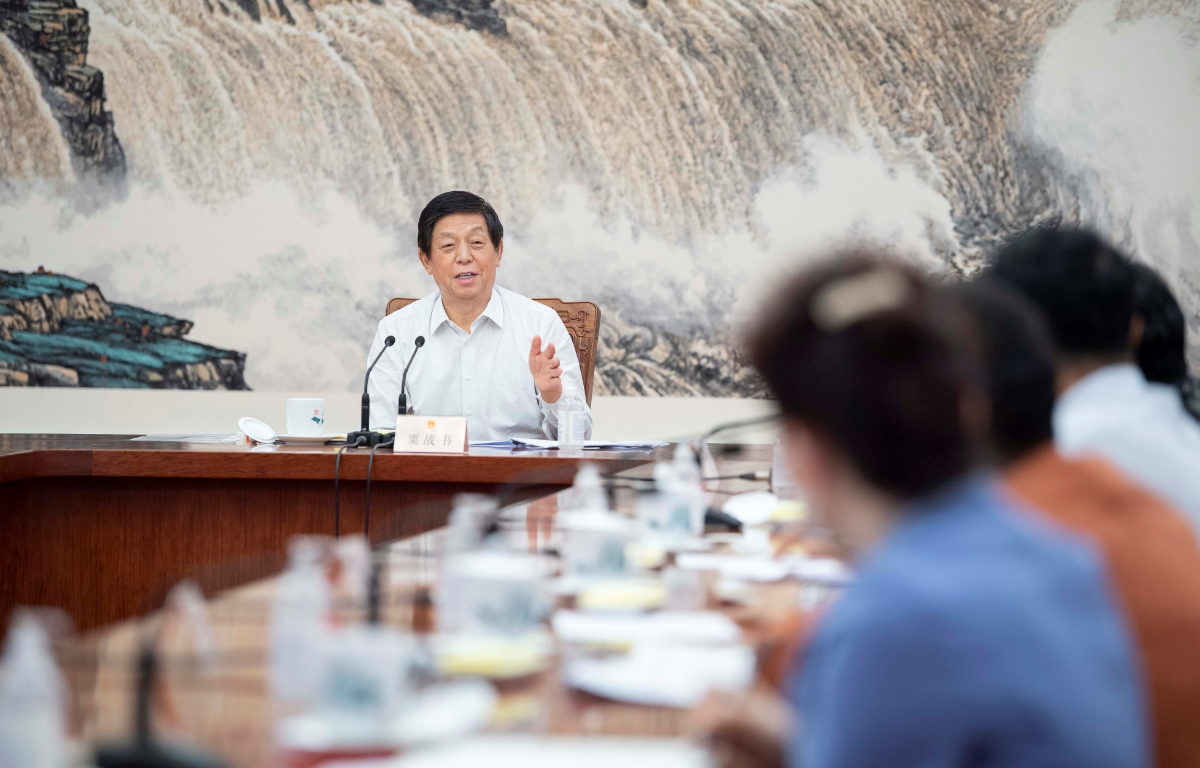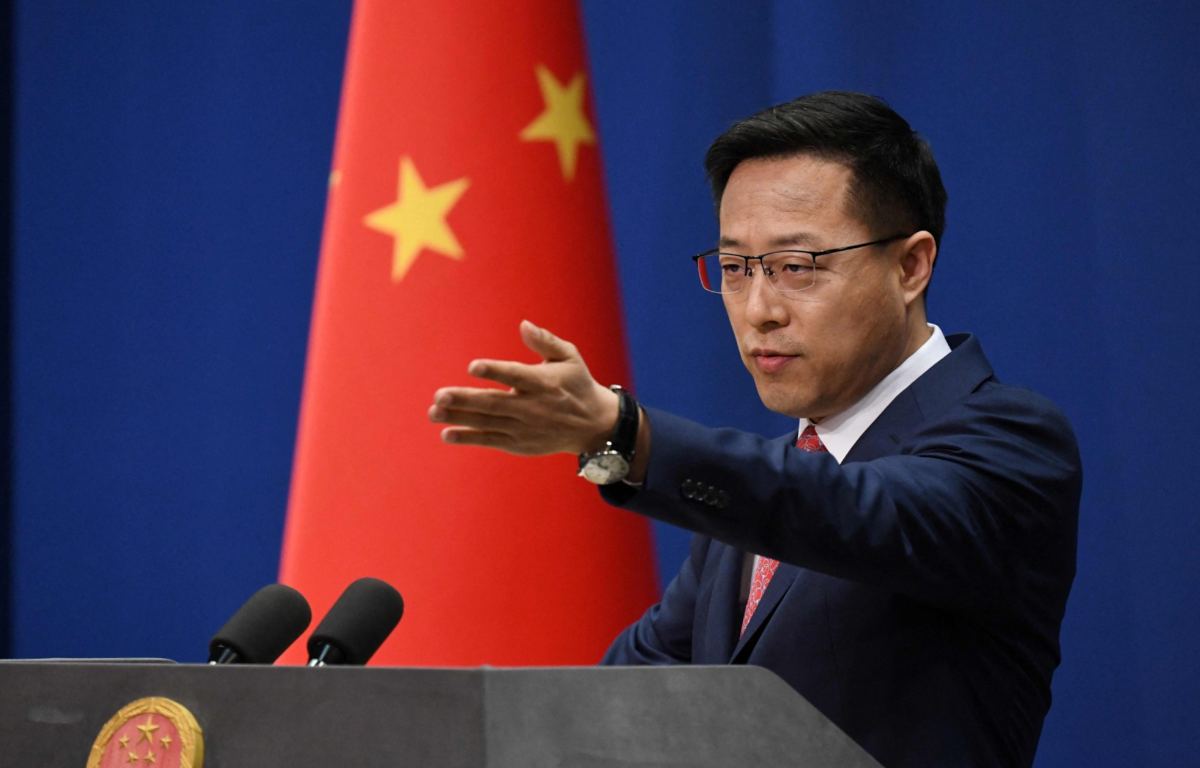
The one-child policy, implemented in 1979 and relaxed to a two-child policy in 2015, has left a lasting impact on the mindset of many Chinese couples. Smaller family sizes have become culturally accepted and, in many cases, preferred. This legacy, in part, contributes to China’s low fertility rates today.
The increasing cost of living, especially in major urban centers, presents a significant barrier to larger families. Expenses related to housing, education, and healthcare have surged, making it increasingly challenging for couples to consider having more children.
Balancing work and family life is a growing concern for many Chinese couples. Demanding work schedules, coupled with limited parental leave options, create a challenging environment for those who wish to pursue careers while raising children.
Additionally, the one-child policy has left a gender imbalance, with a surplus of males. This has led to difficulties in finding suitable partners, which can further delay or discourage marriage and childbearing.
The implications of China’s low fertility rates are far-reaching. The country is experiencing a rapid aging of its population, which poses significant challenges for healthcare, pensions, and elderly care services. A shrinking labor force also raises concerns about its impact on economic growth and innovation.
Addressing these challenges requires a multi-faceted approach. While the Chinese government has adjusted its policies to allow up to three children in 2021, reversing demographic trends will be a complex task. Economic reforms aimed at reducing the cost of living and improving work-life balance are essential, as are efforts to promote gender equality in the workplace and society. Furthermore, enhancing social support systems for families, such as affordable childcare and parental leave policies, can incentivize childbearing.
China’s demographic changes also have global implications. As a major player in the global economy, slower economic growth in China can affect international trade and investments. Moreover, China’s demographic challenges reflect a global trend of aging populations, providing valuable lessons for other countries grappling with similar issues. The world is closely watching China as it navigates its demographic future, underscoring the importance of balanced population policies and their profound and far-reaching consequences.










Share this: